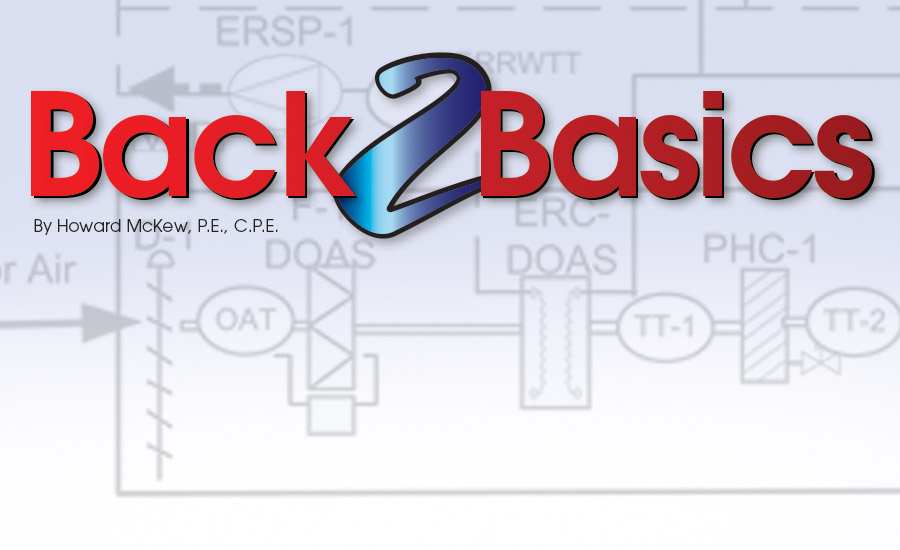Project Delivery Method: Construction management @ risk (CM) with guaranteed maximum price (GMP).
Owner Team: College president, building program committee, owner representative (consultant), project manager of capital projects, facility manager (in-house staff), and security department manager.
Project Delivery Team: CM project manager; job superintendent; mechanical-electrical coordinator; and architect, acoustical, plumbing, electrical, structural, fire protection, and security consultants.
HVAC Project Team: HVAC supervisor (in-house staff); BAS technician (in-house staff); operation and maintenance (O&M) technician (in-house staff); third-party commissioning consultant (CxC); and third-party testing, adjusting, and balancing (TAB) technician.
OWNER’S BUILDING PROGRAM
Application: Commercial and Public Buildings, Chapter 3, and Educational Facilities, Chapter 8.
Project Type: New construction/addition.
References: 2019 ASHRAE Handbook – HVAC Applications; 2020 ASHRAE Handbook – HVAC Systems and Equipment; and the codes and standards reference section located at the back of each ASHRAE Handbook.
Other References: ASHRAE GreenGuide: Design, Construction, and Operation of Sustainable Buildings; ASHRAE Indoor-Air Quality Guide: Best Practice for Design, Construction, and Commissioning; ASHRAE Design Guide for Dedicated Outdoor Air Systems; ASHRAE Handbook of Smoke Control Engineering; NFPA 92 - Standard for Smoke Control Systems; NFPA 101 - Life Safety Code; and NFPA 92B - Standard for Smoke Management Systems in Malls, Atria, and Large Areas. Control systems should be listed in accordance with UL 864, ASHRAE Standard 202 (commissioning process for buildings and systems) and Construction Management Association of America (CMAA).
DESIGN INTENT DOCUMENT
- The HVAC system selection and design intent are based on the process outlined in ASHRAE Handbook 2020, Chapter 1, “HVAC System Analysis and Selection,” and shall include the owner’s building program goals and additional goals and system constraints and constructability constraints.
- The design team’s final system selection shall be decentralized HVAC, rooftop units, and smoke exhaust fans.
- The HVAC project is to heat, ventilate, air condition, and provide emergency smoke evacuation to a new, three-story, 12,000-square-foot atrium that connects two existing three-story dormitories together. Two roof-mounted exhaust fans shall provide smoke evacuation as part of an engineered system with new automatic controls, including temperature controls, equipment furnished controls, BACnet interface, and an interface with the existing building automation system (BAS).
- For the program’s project goals, refer to Chapter 1 of the 2020 Handbook. The budgeted goals include first cost and life cycle cost along with the net-zero energy goal.
- Gas (natural), electrical power, and emergency power utilities are available.
- Existing conditions: No HVAC systems to be used.
- New central air system: Two dedicated outdoor air system (DOAS) with direct expansion (DX) cooling and indirect gas heating central air systems with energy recovery wheels. One DOAS unit serves the exterior of the atrium, and a second DOAS will serve the interior. The system will also include two smoke exhaust up-blast roof fans.
DESIGN CRITERIA DOCUMENT
- The HVAC design criteria shall be in sync with the project delivery method and owner’ project requirements.
- The utility shall be natural gas to serve the two DOAS rooftop units. Each DOAS unit shall support a 10,000-cfm supply air fan at 4 inches of total static pressure and an 8,000-cfm general exhaust fan at 2.5 inches of total static pressure. Supply air filters shall be MERV 7 prefilter and MERV 13 final filter with the MERV 7 filter positioned upstream of the energy recovery wheel exhaust.
- New central air systems shall provide heating in the winter to maintain 65°F in the atrium and in the air conditioning season at 78° via a single duct distribution with one VAV terminal per 500 square foot serving interior space and one fan-powered box (FPB) terminal per 500 square feet along the two sides of the building’s perimeter.
- In the conceptual/schematic phase, the HVAC design engineer shall provide system flow diagrams with these three documents (owner’s project requirements, design intent document, and design criteria/basis of design) along with ATC sequences of operation. A third-party commissioning agent and a third-party TAB technician shall balance and commission the new HVAC system.
- The CM shall provide schematic phase, design development phase, and construction document phase plans with GMPs prior to the project going out to bid.





